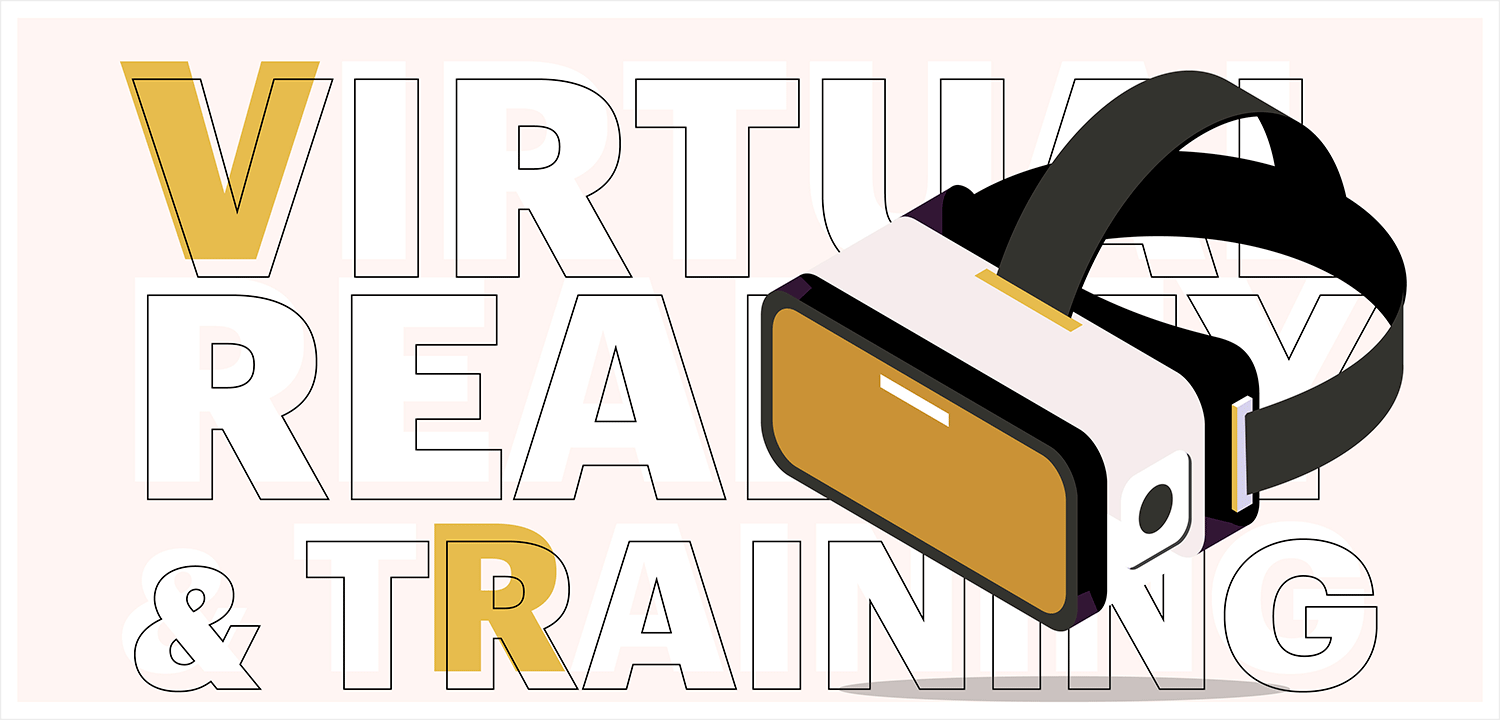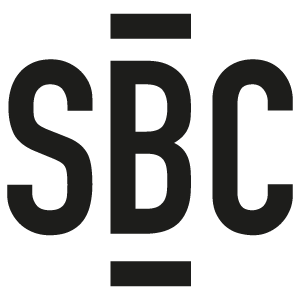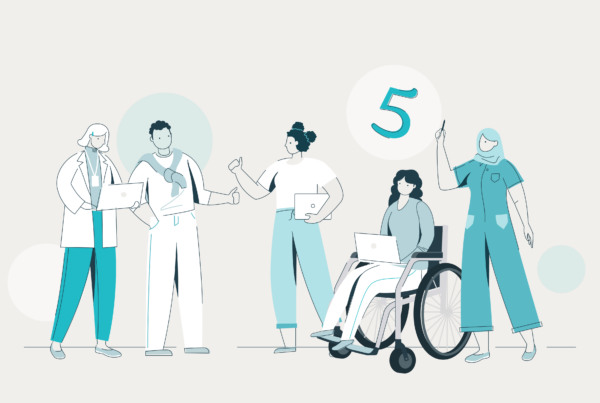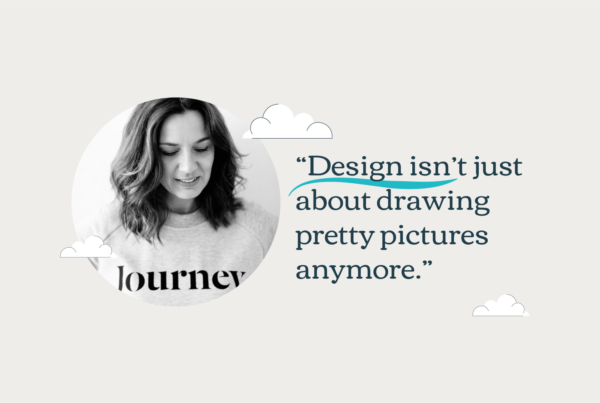The immersive sensory experiences made possible by virtual reality are showing huge promise in learning, training and development applications. Lucie Hammond of immersive learning developer BeingVR explains why.
From schooling astronauts to designing buildings and videogaming, virtual reality (VR) has come a long way since the development of the earliest headsets took place back in the 1960s. That’s a phenomenon that is only set to accelerate this decade as VR technology becomes ever more affordable, widespread and powerful.
But what is the potential of VR for learning new skills?

Lucie Hammond
In part one of this blog, we sat down with one of our partners, Lucie Hammond, chief executive at immersive learning developer BeingVR, to discuss how VR helped her overcome her fear of public speaking, and how the technology has already been used for everything from training baseball players in diversity to preparing retail workers to cope with consumer madness on Black Friday.
If you’ve already read this, part two of this blog can be found here.
Lucie, how did you come to be involved in developing virtual reality training courses?
It all began several years ago. I’d been delivering some ‘Women in Leadership’ workshops in Australia. The content was well-received, and I got incredible feedback: one participant contacted me a year after the event to thank me for the changes she had been able to make to her mindset and life as a result.
But there were some problems. First, each time I delivered a workshop, I suffered anxiety from public speaking. Second, I knew that the challenges related to gender at the top were so widespread I would never be able to reach everyone to effect real change. So, I started dreaming of scaling the training up globally using technology.
I ended up researching virtual reality’s (VR) application to learning and development. The more I found out about how VR could help in a learning setting – and humans learn best by ‘doing’ – the more it made sense to develop training in this environment. In fact, with the digital revolution looming, using technology to simplify training delivery was a no-brainer.
How long has VR been used in training?
Depending on how you define it, VR has been around for quite a long time. The first head-mounted display was developed in the 1960s. It had very limited functionality compared to today’s consumer devices. Before then, artists and scientists experimented with stereoscopic photography and panoramic paintings that transported us to new realities.
In terms of applying VR to training, it’s only much more recently that it has become accessible and affordable for workplaces to employ the technology at scale. Now thousands of companies are applying VR to training curricula for both technical and soft skills, in culturally and linguistically diverse niches. Schools and universities are getting onboard and many institutions stand to benefit from the transition to remote virtual classrooms.
What works and what doesn’t in virtual reality learning is a journey in itself. The industry has been experimenting, measuring, iterating and building systems for some time. Hardware updates are regularly released by the big guns – Oculus, Facebook, Samsung, Microsoft, HTC Vive, Sony and Intel. The game is always changing.

What are the benefits of VR for learners?
One of the main benefits is VR’s effectiveness in transferring knowledge or bridging the learning transfer gap. In traditional learning, only about 25% of what is learned is remembered a week after the event. We call this the ‘forgetting curve’.
The forgetting curve means the learner is failing to absorb and then apply the knowledge in a real context. That means two things: return on investment is low, and time to train is high.
VR has the advantage of being a novel and entertaining way to learn, so the first hurdle – being engaging – is already overcome. Once the learner has given their attention to the content inside the headset, it is up to the provider to construct memorable scenes for ease of recall back in the real world.
There are several ways to do this – one of which is through emotion. If you remember the significant milestones from your childhood, it’s very likely they stand out for the emotion you experienced at the time. Virtual reality was described as an ‘empathy machine’ early on for its ability to combine presence with realism, which works to increase the chances of a memorable learning experience.
Learning in virtual reality via motion significantly increases the ability to retain and transfer knowledge from the classroom to life – by up to 80%. The underlying goal of BeingVR has always been to use virtual reality to accelerate behavioural change. It’s a brilliant bonus that VR is also a fun and engaging way to learn and retain knowledge and skills.
What are some good examples of VR’s use in a training scenario?
BeingVR has already used 360-degree video to develop soft skills and leadership role playing, as one example. A company like StriVR began with VR for National Baseball League players several years ago but progressed to diversity training for players off-field, too. Success stories started to emerge, and the impact of virtual training gained ground.
Organisations all over the world started realising that VR was good for more than just entertainment and gaming. Walmart’s VR programme for customer service was instrumental in training thousands of staff in the US to cope with Black Friday riots. This training was also subsequently credited by Walmart’s management in helping staff to act quickly to minimise fatalities during the August 2019 mass shooting in El Paso, Texas.
Thanks to our membership with the Virtual Reality and Augmented Reality Association we’re now hearing about training applications across a large and varied number of organisations. It is fascinating to see the industry develop.




